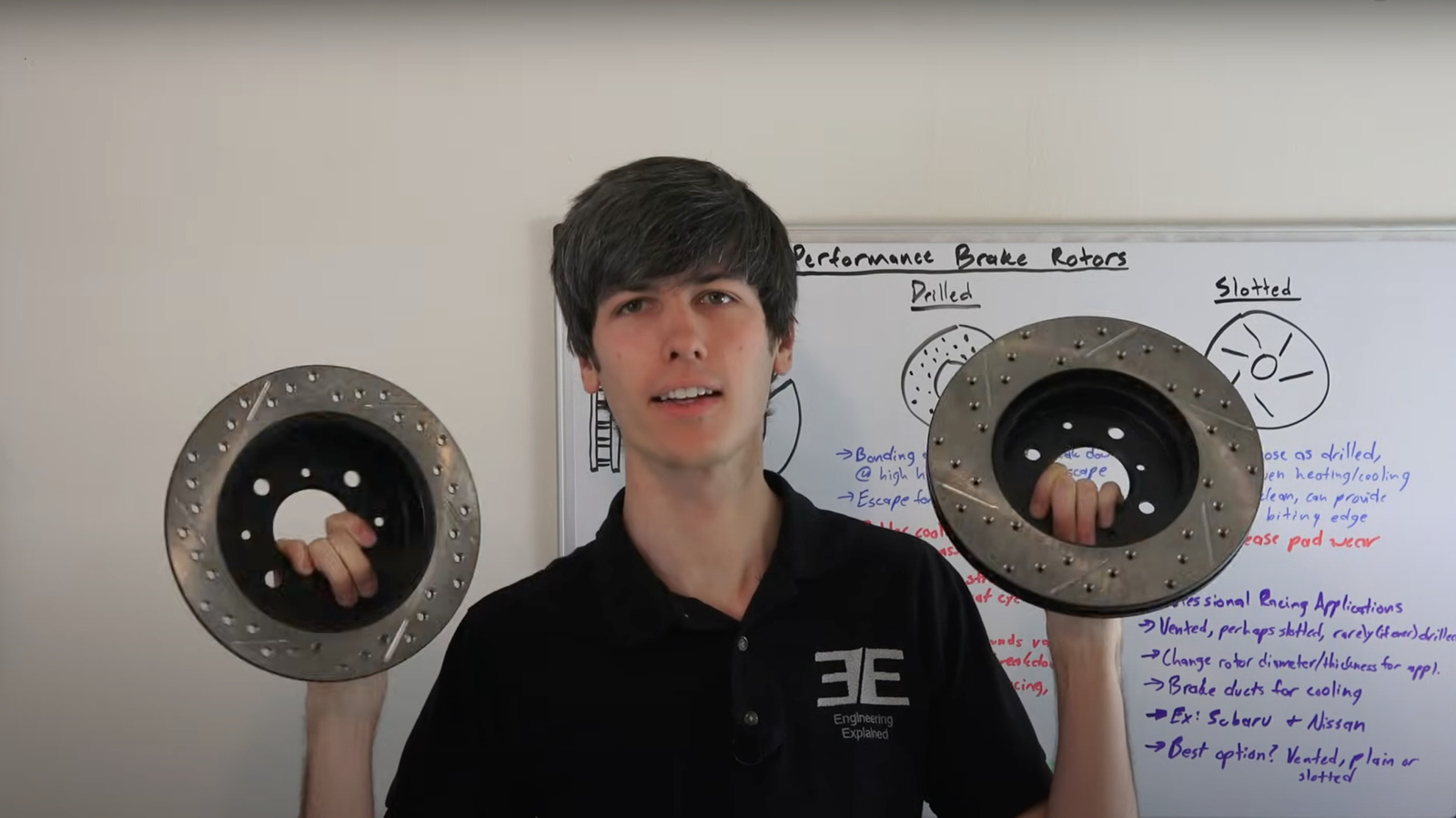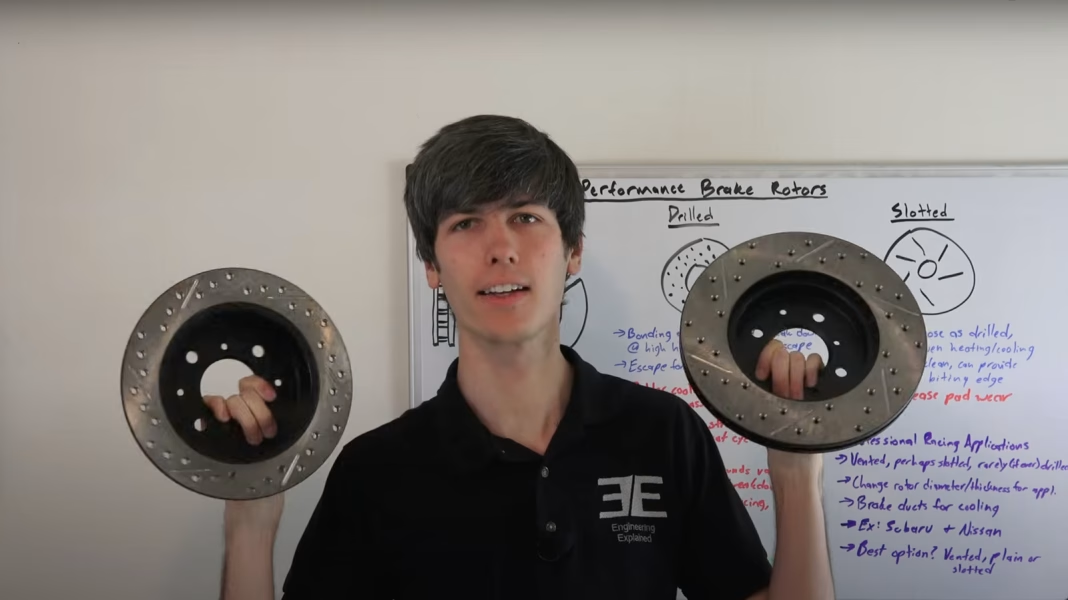Tires are crucial for your vehicle’s performance, but let’s not forget about another key player in the safety game: brakes. If you want to avoid a crash, having reliable brakes is just as important as having good tires. So, let’s dive into why both components are essential and how they work together to keep you safe on the road.
Why Are Tires So Important?
Think of tires as the only point of contact between your car and the road. They’re responsible for traction, handling, and overall stability. Worn-out or improperly inflated tires can lead to poor handling and increased stopping distances, making it harder to control your vehicle. Regularly checking your tire pressure and tread depth can help you avoid dangerous situations.
But what happens when you need to stop? That’s where brakes come in.
The Role of Brakes in Vehicle Safety
Brakes are your vehicle’s lifeline when it comes to stopping. They convert the kinetic energy of your moving car into heat, allowing you to slow down or come to a complete stop. There are two main types of brakes: disc brakes and drum brakes. Disc brakes, commonly found on the front wheels of most vehicles, provide better stopping power and heat dissipation. Drum brakes, often used on the rear wheels, are generally less effective but can still do the job.
But here’s a question: how do you know when your brakes need attention?
Signs Your Brakes Might Be Failing
Pay attention to your vehicle’s behavior. If you hear squeaking or grinding noises when you apply the brakes, that’s a clear sign that something’s off. A soft or spongy brake pedal can indicate air in the brake lines or worn-out brake pads. And if your car pulls to one side when braking, it could mean uneven brake wear or a malfunctioning brake system.
Regular maintenance is key. Just like you check your tire pressure, make it a habit to inspect your brakes. Most mechanics recommend a brake inspection every 10,000 to 15,000 miles, but it’s always good to consult your owner’s manual for specific guidance.
How Tires and Brakes Work Together
Tires and brakes are like dance partners; they need to work in harmony for optimal performance. Good tires can enhance braking efficiency by providing better grip, while effective brakes can help maximize the lifespan of your tires by preventing excessive wear. When you slam on the brakes, the tires grip the road, allowing for a smooth stop. If your tires are worn or under-inflated, that grip diminishes, leading to longer stopping distances and increased risk of skidding.
Investing in Quality Components
When it comes to tires and brakes, quality matters. Opt for reputable brands that meet safety standards. For tires, look for those with good tread patterns that suit your driving conditions—whether it’s all-season, winter, or performance tires. For brakes, consider upgrading to high-performance brake pads or rotors if you frequently drive in demanding conditions.
Real-world example: a friend of mine recently upgraded to drilled and slotted rotors. The result? Improved heat dissipation and better stopping power, especially during long descents. While this might not be necessary for everyone, it illustrates how investing in quality components can lead to noticeable improvements.
The Big Picture
So, what’s the takeaway here? Tires and brakes are both vital for safe driving. Neglecting one can compromise the effectiveness of the other. Regular maintenance and timely replacements can make a world of difference in your driving experience.
Start with one change this week—whether it’s checking your tire pressure or scheduling a brake inspection—and you’ll likely spot the difference by month’s end. Remember, it’s not just about having the best tires or brakes; it’s about ensuring they work together seamlessly to keep you safe on the road.


